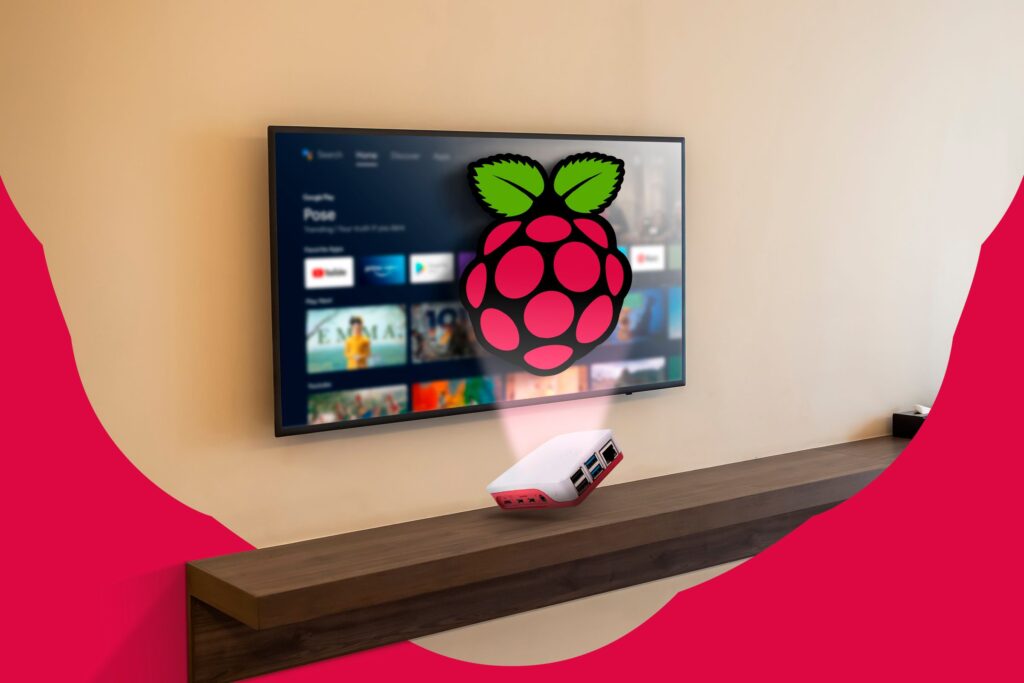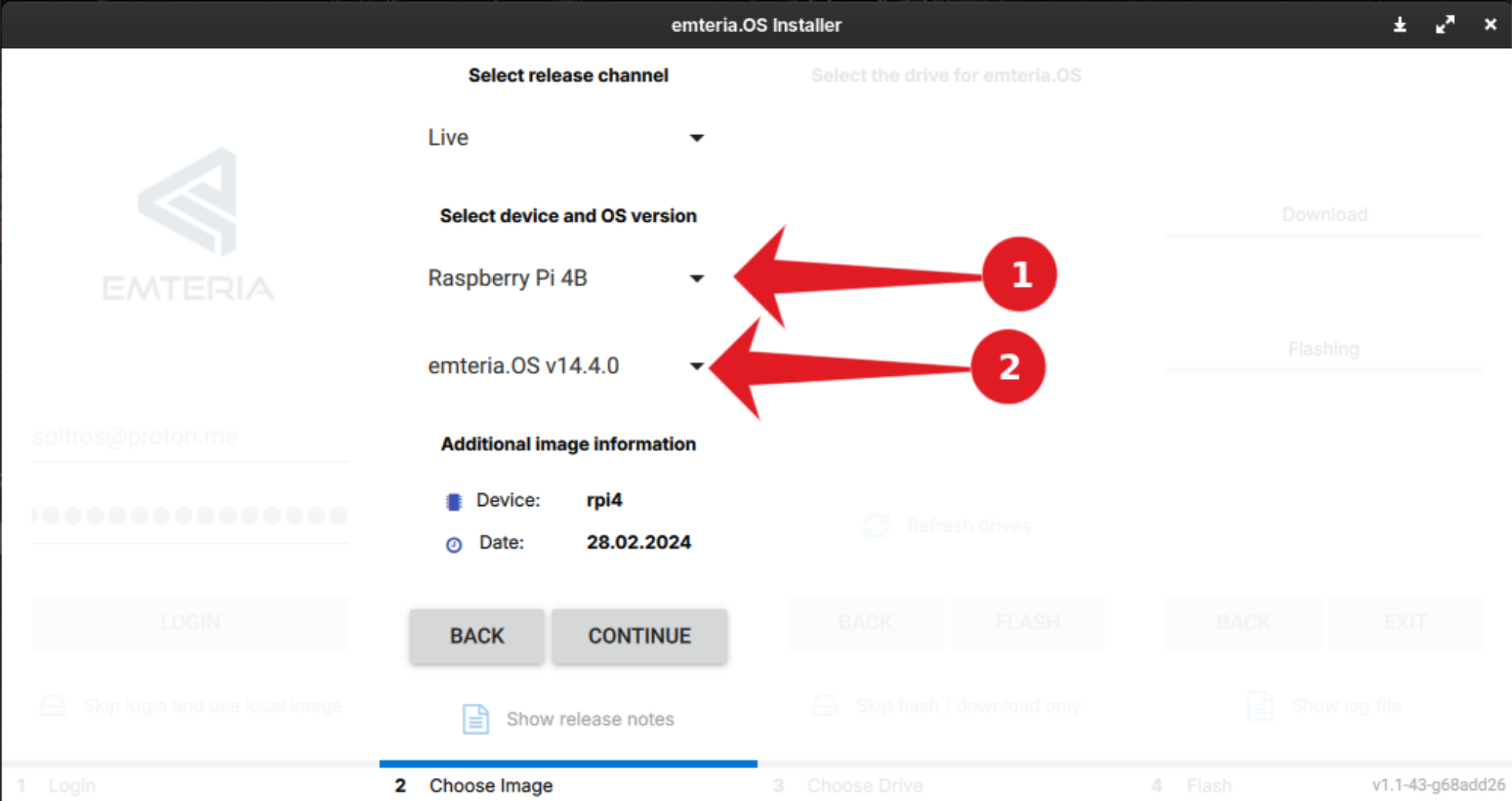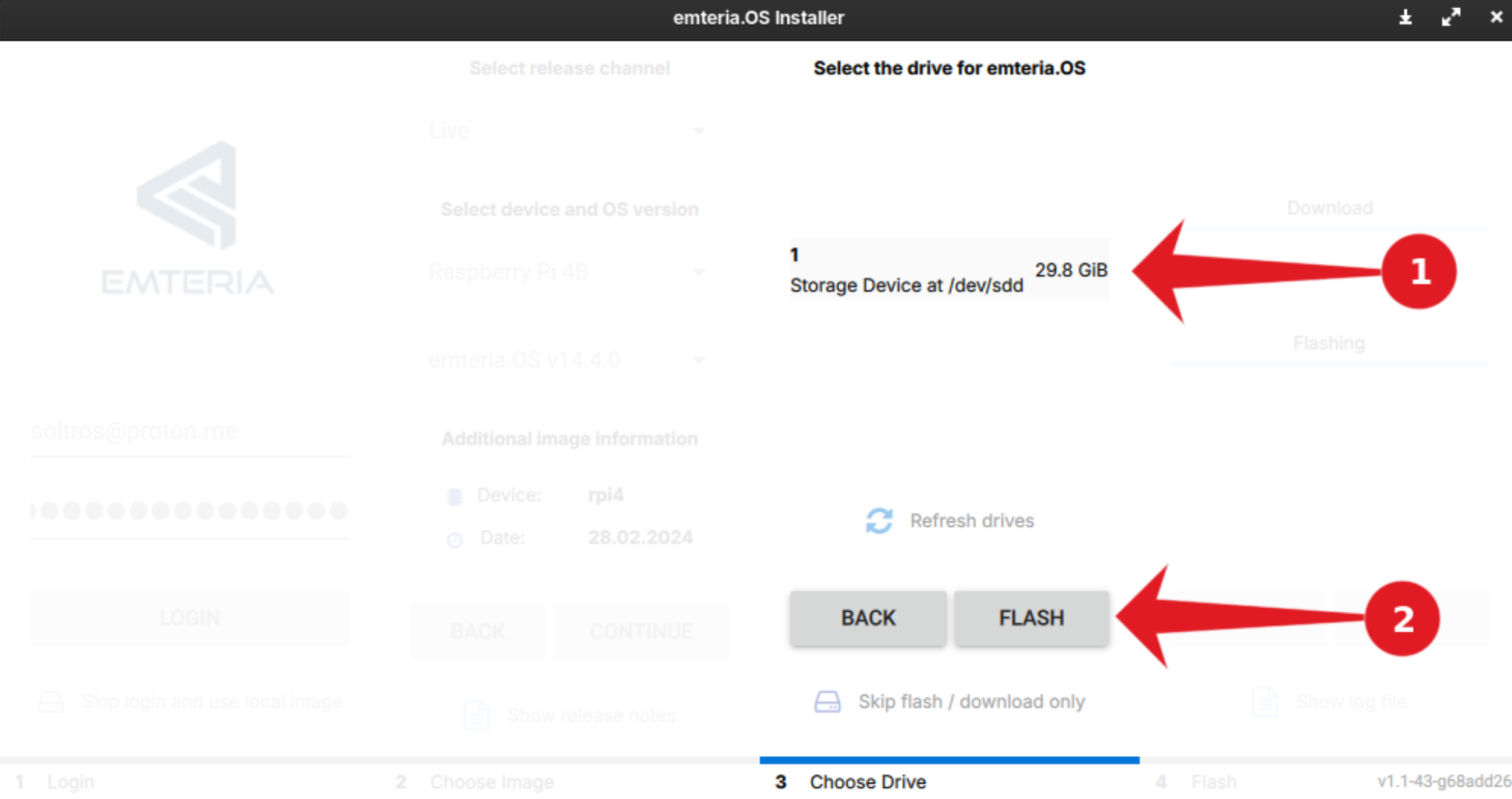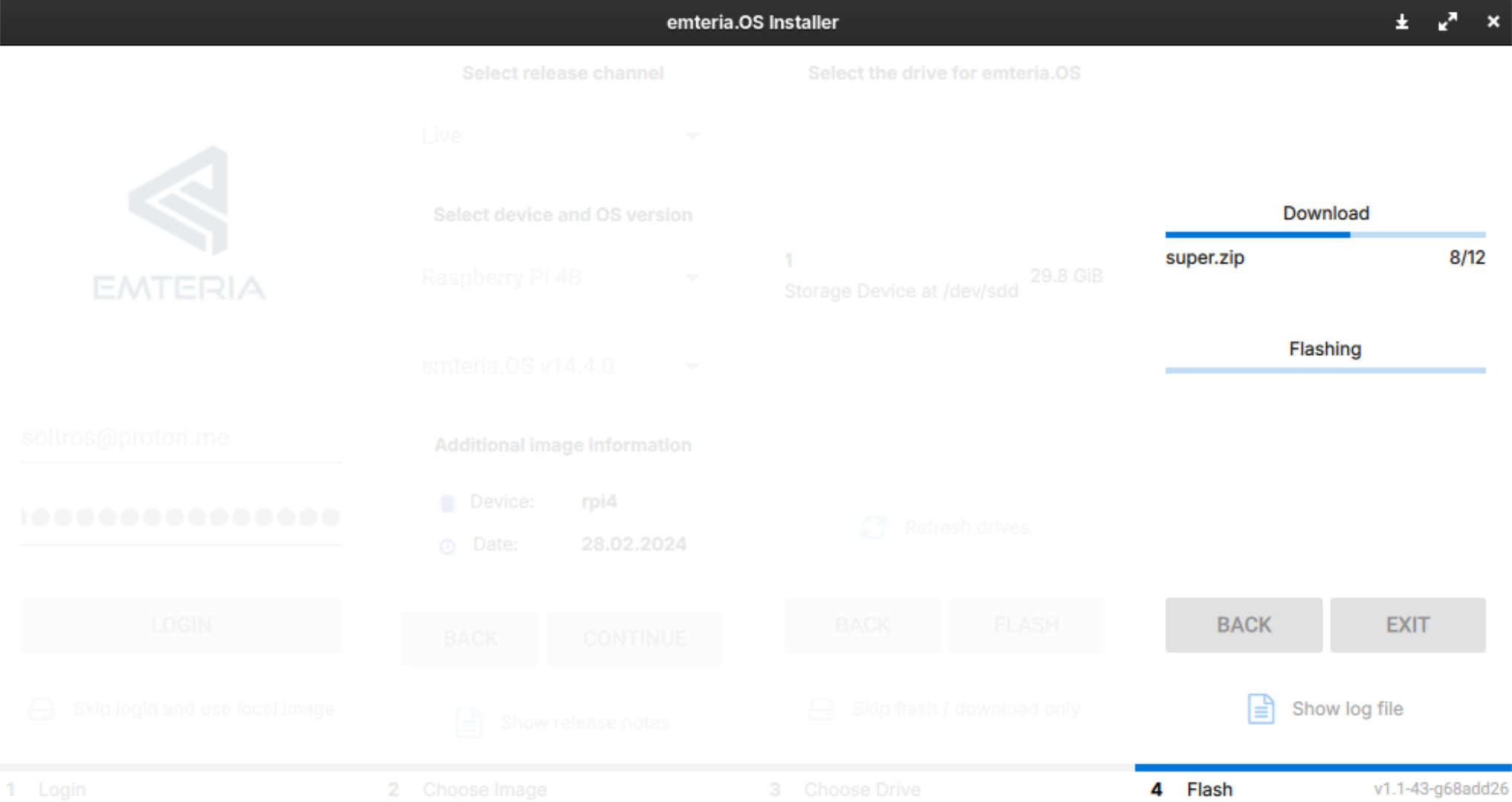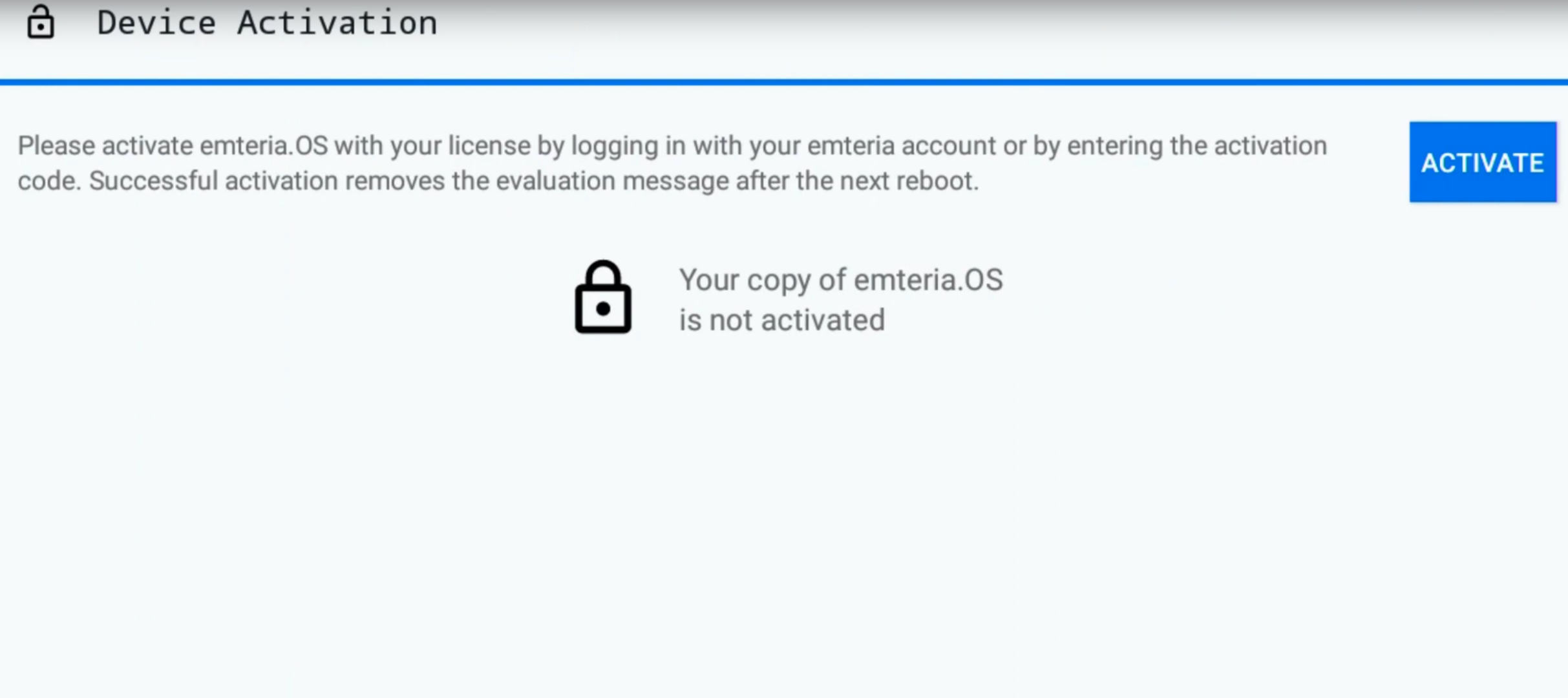Android is a powerful operating system with many possibilities. As a result, many set-top box manufacturers often settle for this. It’s not that I don’t understand why. This allows users to easily install Netflix, Hulu, YouTube, and more. But what if you could make a TV box running Android? Here’s how to do it using a Raspberry Pi.
Raspberry Pi Android TV hardware and software requirements
Before you can turn your Raspberry Pi into an Android TV, you’ll need to gather the necessary hardware and software on your computer. All of these devices are supported by Emteria OS (Android), so you’ll need a Raspberry Pi 3/3B, 4/400, or 5B to get started. Note that the version of Android you can run depends on the specific Raspberry Pi model you are using. Pi 3/3B is limited to Android 7.0, while Pi 4 supports Android 13/14 and Pi 5 supports Android 14. Don’t worry. Whether you have a Pi 3 or 3B, you can successfully run Android and turn your Pi into a capable Android TV box.
In addition to a Raspberry Pi, you will also need a MicroSD card with at least 8 GB of storage space. This is where Android will be installed, so it’s important to choose a reliable option. If you don’t know which SD card to buy, the Samsung Evo series is a solid choice and a safe choice.
Finally, you’ll need a remote control to operate your Raspberry Pi. Look for a remote control that has a USB dongle and is compatible with Android. Consider investing in a remote control with integrated keyboard and mouse functionality for optimal navigation. This makes it easy to view and control Android on your Pi. With so many options available, I recommend checking out this remote control that I use and recommend.
Now that you have the necessary hardware, it’s time to prepare your computer with the necessary software. To get started, you need to create an account on the Emteria OS website. Registration is a simple and necessary step that allows you to access the installer and download the operating system.
Once registered, you can download the official Emteria OS installation tool from the Emteria download page. From there, select the version that matches your operating system (Linux or Windows), download the tool, and follow the installation instructions to complete the setup process.
Install Android on Raspberry Pi
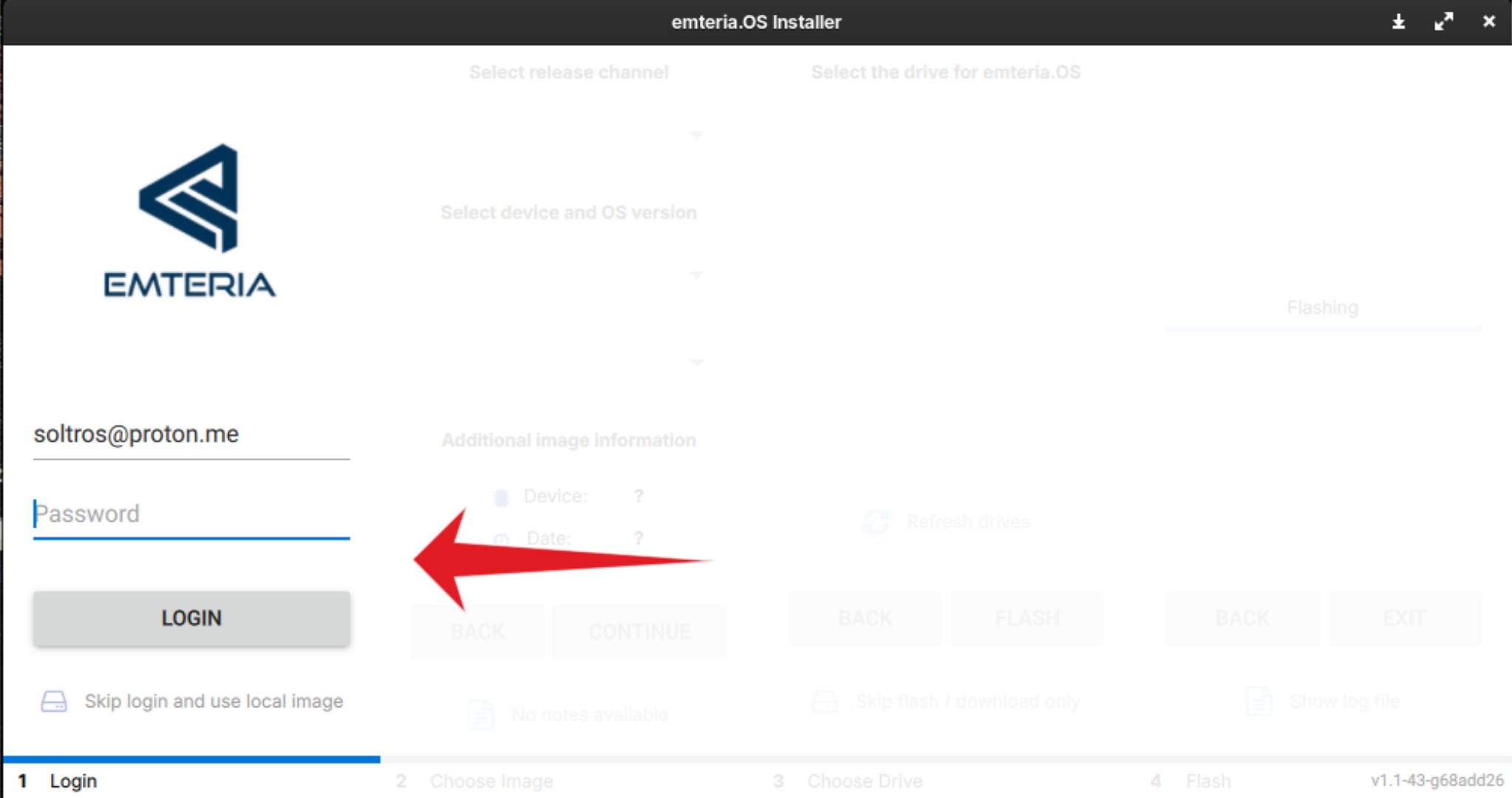
Start the installation by launching the Emteria OS app on your Windows or Linux system, insert your SD card into your computer, and log in to your Emteria account. Once finished, find “Select device and OS version”. Select your Raspberry Pi model from here,[続行]Click the button.
Next, go to the “Select drive for emteria OS” section and select your SD card from the options. Once selected,[フラッシュ]Click the button to start the installation process. This will start the initial setup of Emteria OS on the SD card. Please be patient as this process may take a few minutes to complete.
Once the installation is complete, safely remove the SD card from your computer and insert it into your Raspberry Pi. Next, connect all the necessary peripherals, such as a USB remote control, mouse, keyboard, HDMI cable, and other necessary devices. When you power on your Pi for the first time with Emteria OS, you’ll be guided through the initial setup process. This includes configuring important settings such as language, keyboard layout, and network settings. Additionally, you will be asked to activate your device with a license. This will be explained in detail in the next section.
Pricing
Emteria OS offers flexible pricing options that cater to different needs and preferences. To test the waters, you can start with the free version, which has a limited feature set. This is a great way to get a feel for the operating system and decide if it’s right for you.
If you want to upgrade to a more comprehensive experience, you can purchase a full license. Emteria OS offers a variety of licensing options, each with unique features and benefits. We recommend visiting the official Emteria OS website for more information on pricing and licensing plans. Here you will see a clear breakdown of the different options, allowing you to choose the one that best suits your needs.
Run Android apps on Raspberry Pi
Now that you have installed and configured Emteria OS for the first time, you need to configure how you want to install applications. Emteria OS does not come with Google Play Store. Getting there is a technical thing. A better solution is to install the APK directly from APKPure. This website is an archive of many Android apps found on Google Play. It allows you to download apps from the Google Play Store as APKs.
To download the app, first go to APKPure. On this website, you can find almost any app in the Google Play Store that you can install on your RPi running Android. Search for an app, download it from your browser, select it, install it, and start using it.
Android TV box setup
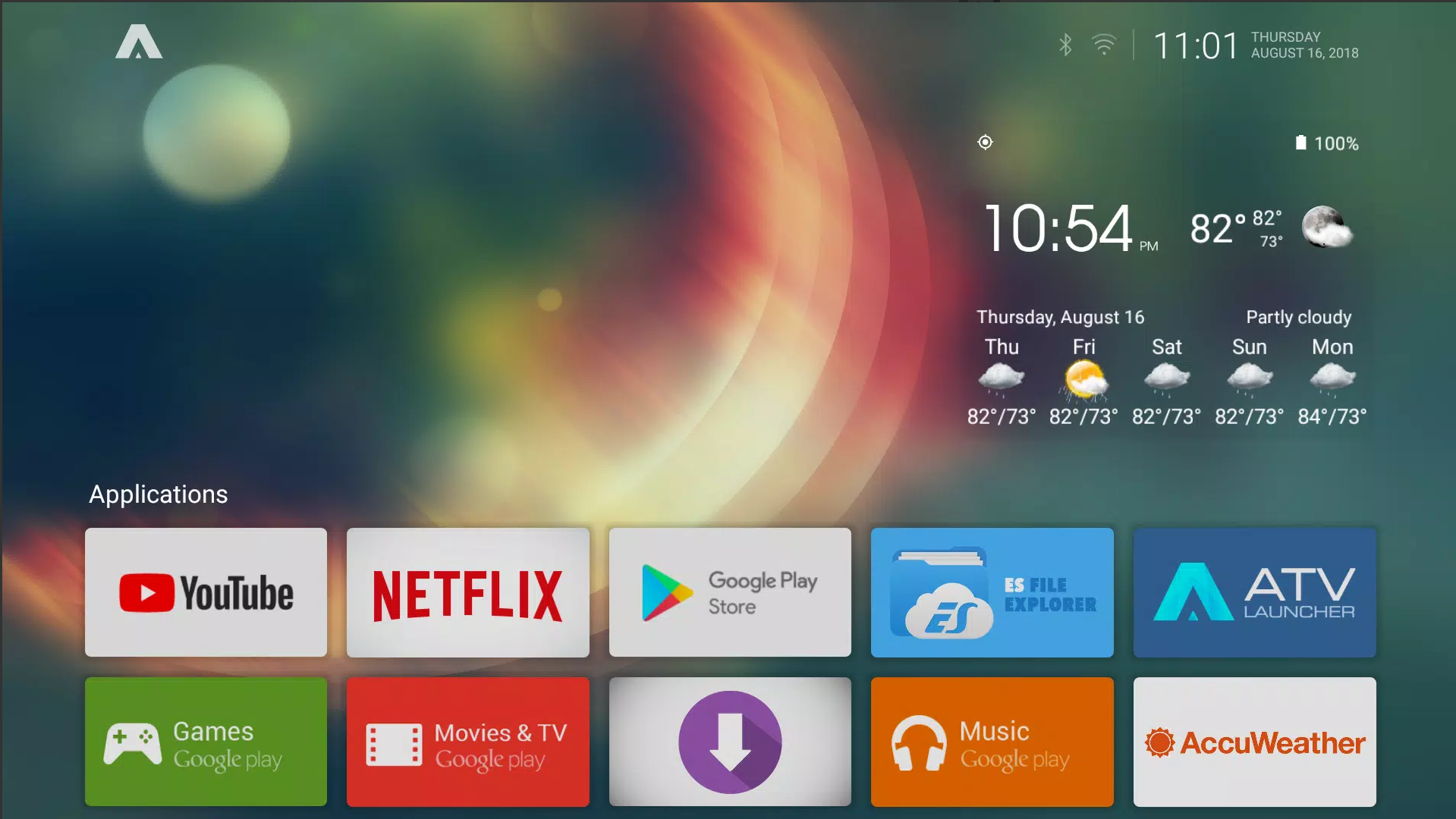
Although not required, you should get the appropriate launcher for your TV. A great option is ATV Launcher. This launcher is built for TVs and set-top boxes, and is what you need to build an Android TV box. Please note that this is a free version (not the paid version available on Google Play), so it has limited functionality.
To run it on your Android-powered Raspberry Pi, download and install the APK from APKPure. You can then launch it from the apps menu and see that it is the default app launcher in Emteria OS.
streaming service
Android TV powered by Raspberry Pi can run a variety of streaming services. The only limitation is that you don’t have access to Google Play Store, so you have to download each streaming service app from APKPure.
For example, open a browser on your Raspberry Pi Android device and run Netflix, search for “Netflix” on APKPure, download and install it. Now you can launch the app, log in, and start streaming. Repeat this process for every streaming service you can think of.


